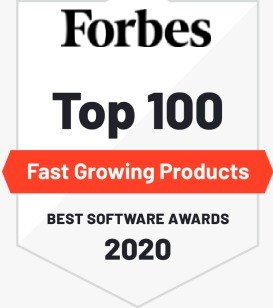OCR in the Age of Big Data: Transforming Unstructured Information into Insights

Optical character recognition (OCR) is a technology that converts various forms of documents (scanned paper documents, PDFs, or images) into editable and searchable data. decision-making, huge amounts of unstructured information remains unutilized. Receipts, handwritten documents, and emails contain valuable insights that are generally left unexplored. Today, in the era of big data, OCR is an innovative technology that allows companies to transform this unstructured material into meaningful, strategic resources.
The Explosion of Unstructured Data
The world is experiencing an unprecedented growth in data. It has been estimated that between 80% to 90% of data generated today is unstructured. This includes social media updates, scanned images, handwritten receipts, emails, reports, and prescriptions. Unlike structured data that sits perfectly in tables and databases, unstructured data does not have a fixed form and therefore is not easy to analyze and store in systems.
This disorganization poses a significant challenge for businesses that are looking for actionable insights. Data trapped in scanned documents or handwritten notes is isolated from enterprise processes. This is where OCR comes in, serving as the bridge between raw content and organized, analyzable information.
How OCR Converts Chaos into Clarity
OCR technology captures and reads characters from physical or digital sources and converts them into machine-readable formats. It recognizes letters, digits, and symbols from typeset or handwritten material and digitizes them into text. It doesn't only produce readable text, but also structured metadata that can be quickly indexed and retrieved.
Beyond basic text translation, OCR facilitates keyword searching, document categorization, and auto-sorting. It is the building block step in data pipelines, opening the door to categorization, analytics, and automation. PDFs, scanned documents, or handwritten documents, OCR ensures that these formats no longer remain silos of inaccessible data. OCR Studio, a leading solutions provider in this category, illustrates how powerful OCR platforms can process multiple formats with high accuracy.
OCR’s Role in Real-World Big Data Applications
OCR is already playing a significant part in multiple industries. In finance, it is used to extract data from receipts and invoices, permitting automated expense reporting and minimizing manual entry errors. In healthcare, OCR assists with digitizing lab reports, prescriptions, and patient forms, accessing them by way of electronic health records.
The compliance and legal departments also stand to gain, as OCR allows rapid searching of thousands of scanned legal documents, contracts, and case files. These features result in expedited decision-making, enhanced compliance, and streamlined processes. In high-stakes environments where career risks in the medical field or legal missteps can carry grave implications, fast access to accurate information is critical.
The Tech Behind the Transformation
Today's OCR technology is no longer confined to simple text detection. Augmented with machine learning and artificial intelligence, OCR technology can now identify difficult handwriting, recognize document structure, and even recognize contextual meaning. These systems refine their accuracy over time by learning from historical patterns and corrections.
Integration with enterprise resource planning systems and cloud computing also allows OCR to seamlessly function in large data ecosystems. This positions it as a strategic tool for any organization looking to effectively manage, retrieve, and respond to unstructured data. For data analytics or information management professionals looking for ways to advance their career, knowledge of OCR technologies is more valuable than ever.
Endnote
In the era of information overload, OCR stands as a pivotal technology that connects unstructured data to structured insight. As organizations generate and receive more data in diverse formats, OCR will continue to play a foundational role in unlocking information that drives smarter decisions and long-term success.

